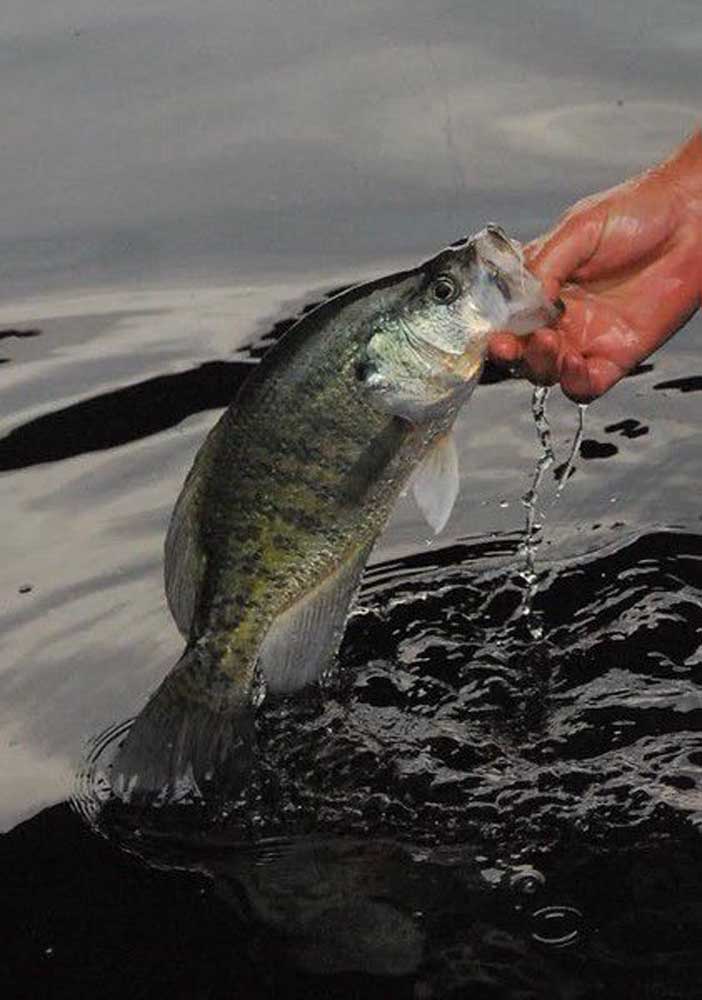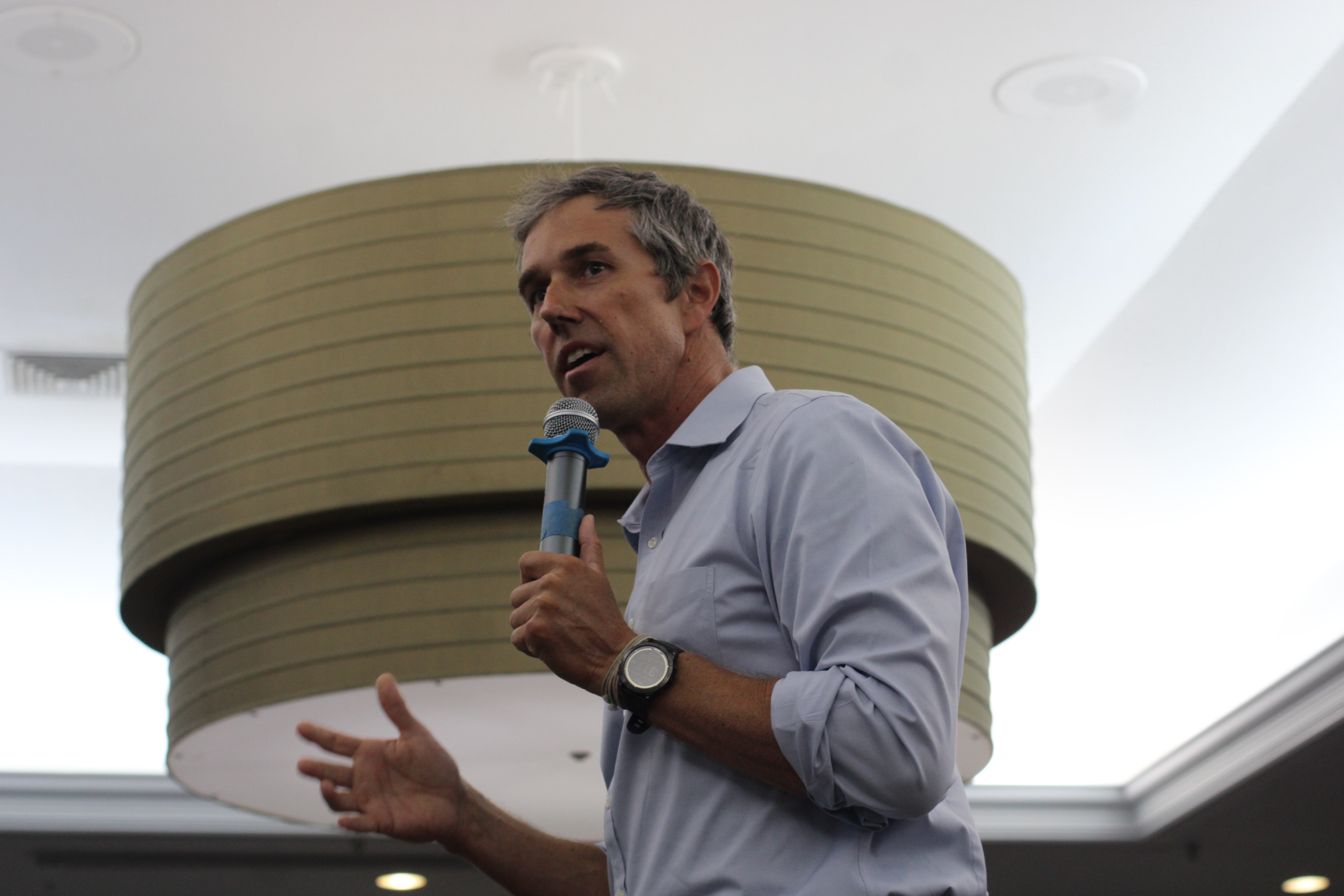Fish’s habits provide the perfect catch in winter
Published 7:31 am Friday, December 23, 2016

- STEVE KNIGHT/TexasAllOutdoors.com FOR THOSE FISHERMEN who can stand the cold weather, the winter months may be the best time to catch crappie.
Air temperatures are falling and with each cool night or cold rain lake water temperatures take another dip. This is that time of year most fishermen hibernate for the winter.
Most, but not all. There are still a few die-hard bass fishermen out there and the trophy catfish guys are about to crank it up. But the group that is out en masse more than any others are crappie fishermen.
Often thought of as a leisurely summer activity over a brush pile or around a bridge, for those who can bare the cold there may be no better time to be on the water for crappie than the winter months.
“Winter is a good season for crappie because most fish settle into predictable, mostly deep, offshore aggregations and continue to bite during cold weather,” explained Craig Bonds, Texas Parks and Wildlife Department Inland Fisheries Director.
While a biologist for the department, Bonds spent time researching crappie movement during different times of the year. Among the findings were that during the cold weather months crappie tend to find deeper, main-lake areas where they rest during the day. This is what makes them easier for fishermen to locate.
“These fish may disperse and move around at night, but typically aggregate in large numbers near hard structure like trees, brush and artificial attractors during the day,” Bonds explained.
The key to catching the fish, as it is during any time of year, is determining what depth they are stacked. Bonds said deeper is often better because it is less likely to change temperature after the passing of a front and the fish don’t feel the impacts of barometric pressure changes as much.
He added that by winter issues such as thermoclines have long passed and the water is well-oxygenated from top to bottom.
That, however, does not mean all deep water holes are going to be productive from year to year. The warmer the winter, the shallower the fish will go. Extremely cold winters will push them deeper.
Probably the two best examples of crappie going deep are in East Texas at Lake Fork and Lake O’the Pines where the department has special winter rules for crappie limits that were instigated after large numbers of sub-limit crappie caught in 30-foot-plus water were found dead after being released by fishermen.
“Lakes Fork and Pines have the no-minimum length and no culling rules in effect during winter months to avoid wasting released fish which may die as a result from being caught from deep water and suffer hyper-inflated swim bladders. This occurs at both lakes to such an extent that population-level impacts could be observed,” Bonds said.
He added, “This phenomena occurs in other lakes occasionally, but to a much less extent. In other words, the few individual fish released that succumb to hyper-inflated swim bladders is off-set at the population level by a larger proportion of sub-legal-size fish that are either not ever caught or survive catch-and-release and grow to larger sizes.”
Under the winter rules culling is not allowed between Dec. 1 and the last day in February. Fishermen at Fork and Pines must keep their first 25 fish per day regardless of size.
The strategy at Fork and Pines, like it should be for any lake where fishermen are wanting size, is to move if you start consistently finding small crappie.
Finding a good winter crappie lake is simple, find the ones that are good other times of the year.
“Most good winter crappie fisheries are also good year-round crappie fisheries. The best ones are where crappie aggregate in very predictable locations,” Bonds said.
While Fork and Pines are considered two of the better crappie lakes in East Texas, Toledo Bend is still considered the top fishery possibly in the state. TB not only has an in-state following, but attracts crappie fishermen from around the country as it does for bass.
Biologist Todd Driscoll said the winter hotspot is an area known as the Chicken Coop that runs for several miles above the Pendleton Bridge.
Other East Texas lakes with good crappie fisheries are Richland Chambers and Cedar Creek.
In central and western Texas some of the top lakes include Buchanan, Leon, Waco, Lewisville and O.H. Ivie, which is still down but has an abundance of flooded habitat for crappie to congregate.
Falcon Lake, like Toledo Bend, is better known for its bass. But it is also an excellent crappie fish and has been really hot recently.
Winter crappie fishing is all about using jigs and a trolling motor can come in handy to stay on top of the fish moving around humps, channels, brush piles and bridge pilings.
Besides Fork and Pines, the statewide limit for crappie is 25 per day with a 10-inch minimum length limit. Fork and Pines will resort back to the statewide limit March 1.







